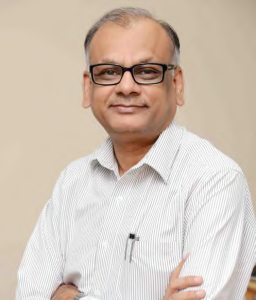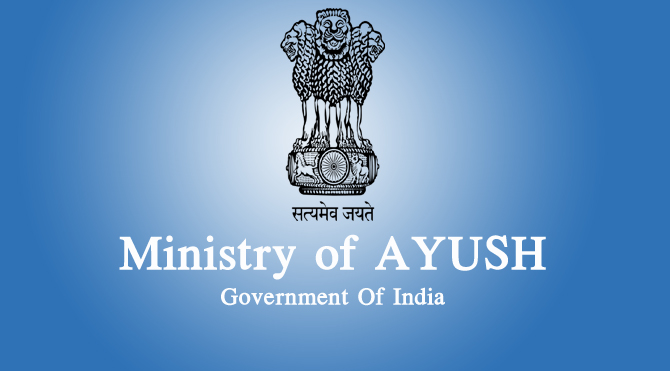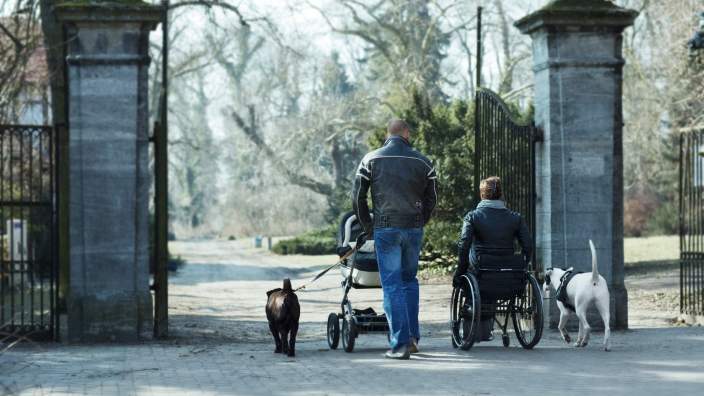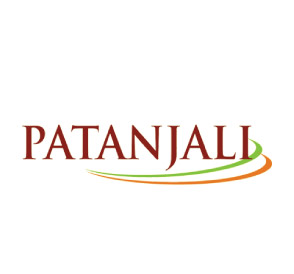
 Dr Shyam Aggarwal, HOD, Medical Oncology, Sir Ganga Ram Hospital
Dr Shyam Aggarwal, HOD, Medical Oncology, Sir Ganga Ram Hospital
Dr Shyam Aggarwal, HOD, Medical Oncology at Sir Ganga Ram Hospital since 1997 is known for his research and clinical trials. Besides pioneering works in stem cell transplants, he is also the founder chairman of National Cancer Foundation. In conversation with Shahid Akhter, ENN, he shares his onco thoughts and experience.

What is Multiple Myeloma and how prent is it in India ?
Multiple Myeloma is one of the most common haematological malignancy. Precisely, it is the cancer of plasma cells found in the bone marrow, where it multiplies and produces the damaging protein. It also diminishes the growth of healthy blood cells.
Asians have lower incidence of multiple myeloma but they are affected a decade earlier, when compared to those suffering in the US. The incidence of multiple myeloma increases with age and in India, the median age is 50 years. There are no less than 60,000 myeloma patients in India, at any given point of time. There is an annual increase of 10-15,000 patients every year. The figure is supposed to double by 2020.
“What we require today is active cancer control programmes by the government and greater participation by way of creating awareness”
What are the symptoms of Multiple Myeloma?
Early myeloma (also called smoldering myeloma) does not show any symptom at all. Only with the progress of the disease, the symptoms start to manifest. Symptoms for Multiple Myeloma include fever, infections, anaemia, backache and renal (kidney) failure. These problems are best summed up by the acronym CRAB, which refers to calcium levels, renal failure, anaemia and bone damage.
Myeloma cells dissolve the bone and this releases calcium into the bloodstream that leads to symptoms that include excessive thirst, loss of appetite and nausea. The abnormal protein damages the kidney and may reflect as anemia related fatigue. Though any bone can be affected, but back ache is most common.

How easy is the diagnosis for Myeloma and is it readily available?
The past decade has witnessed tremendous advancements in science and this has resulted in diagnosis becoming easier, cheaper, readily available and best of all, greater accuracy. The tests are quite readily available.
Blood and urine tests, X rays of bones and bone marrow biopsy are usually considered when multiple myeloma is suspected. The doctor may suggest a CBC (complete blood count) to get an idea of the levels of red cells, white cells and platelets in the blood. Serum or urine electrophoresis is periodically done for monitoring purposes.
How effective are the drugs and do they interfere with insulin?
Yes, good many drugs are available.Bortezomib and Lenalidomide, for instance are few of the generic drugs. For diabetic patients, there are drugs like Metformin which does not interfere with insulin. With the advent and availability of new line of molecular drugs, the role of chemotherapy has been pushed back. Some new drugs have been approved by FDA and introduced in the US and gradually they will be available here in India as well. Now life expectancy of multiple myeloma patients have significantly increased. These drugs help to extend and improve the quality of life.
What is the life expectancy of people with multiple myeloma?
The survival rate varies on account of age, onset of myeloma, medication and so on. In certain cases the survival rate can be as much as 10 years while for some it can be as little as 3 to 4 years. All patients below 65 must be offered bone marrow transplant which enhances life by 4-5 years.
Please give us an overall view of the cancer and the prevailing scenario in India?
Cancer is not just a single precise condition. It refers to all forms of malignant growth and there are many types of cancer arising from different types of cell. It all begins with a single abnormal cell that spins out of control and keeps multiplying. Cancer is linked to lifestyle, tobacco and several other risk factors but good many can cers develop for no apparent reason.
Early detection is the key to cure in cancer. In India, cancer detection is usually very late and when we compare it to Europe or US, their regular screening ensures cancer being trapped at the very onset. More than two-third of the new cancers in India are presented in advance and incurable stage at the time of diagnosis.
It is estimated that in India, there are 2 to 2.5 million cancer patients at any given point of time with about 0.7 million new cases emerging every year. The figures are said to double by 2020 and India may emerge as the cancer capital ! Advances in medicine and technology will mean extended life and people living to old age when illness is most prent. Cancer can occur at any age but chances are higher after 45.
It seems to be an enormous burden and how do you address this as a doctor?
Cancer is a global concern spread across nations. What matters is the blue print to tackle it. Everyday, advanced cancer treatments are emerging. Cutting edge technology by way of diagnosis as well as treatment is the good news. Add to this the fact that lifestyle is in your hands and you can certainly amend it. The bad news is, we lack awareness, patients arrive too late, cancer is therefore detected late and this makes treatment difficult. Regular screening is the need of the hour and this alone can bring a radical change. Government should enhance its focus on cancer.
How good is our infrastructure in treating cancer and is it comparable with the developed nations?
I can say without an iota of doubt that India is almost at par with the best cancer treatment in the world. In the metros, select hospitals can boast of the best.
With the upcoming ICC, will there be anything new by way of breakthrough or scientific focus in the cancer treatment.
Cancer in days to come will be something to live with and it is high time to address this equation about its manageability. Multi disciplinary approach to oncology under one umbrella at ICC will prove to be very helpful. The research aspect and approach at ICC is laudable. Almost 25 percent of ICC time will be allocated to basic research, cause and cure.
Be a part of Elets Collaborative Initiatives. Join Us for Upcoming Events and explore business opportunities. Like us on Facebook , connect with us on LinkedIn and follow us on Twitter , Instagram.












